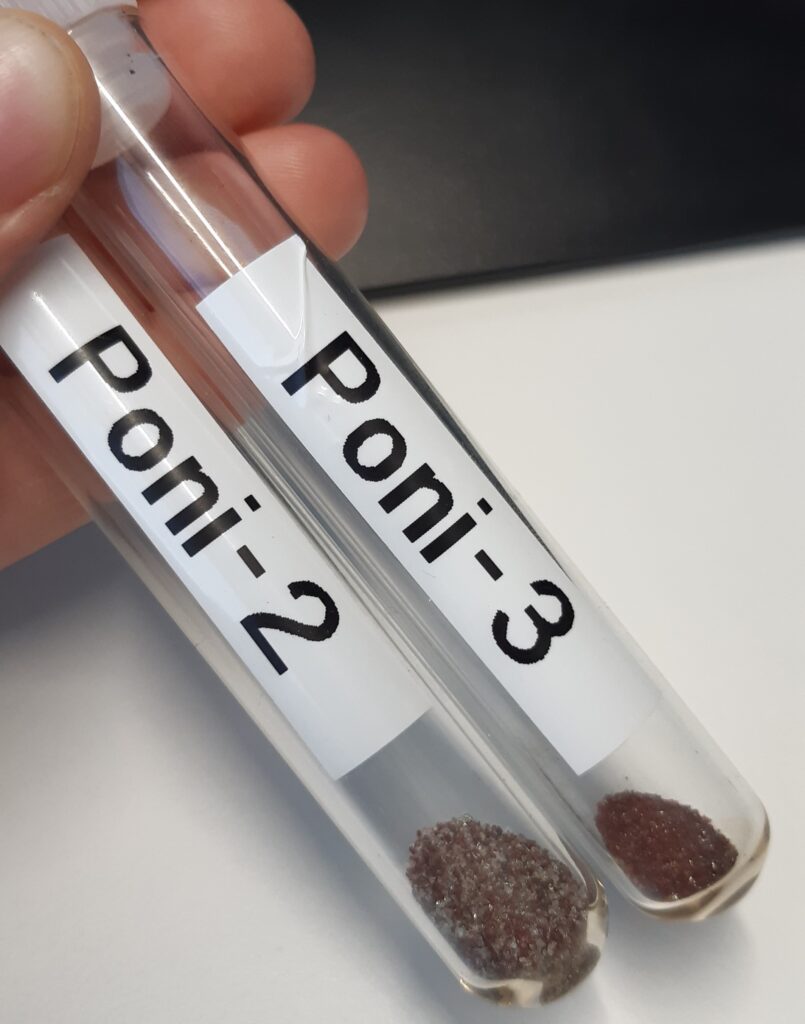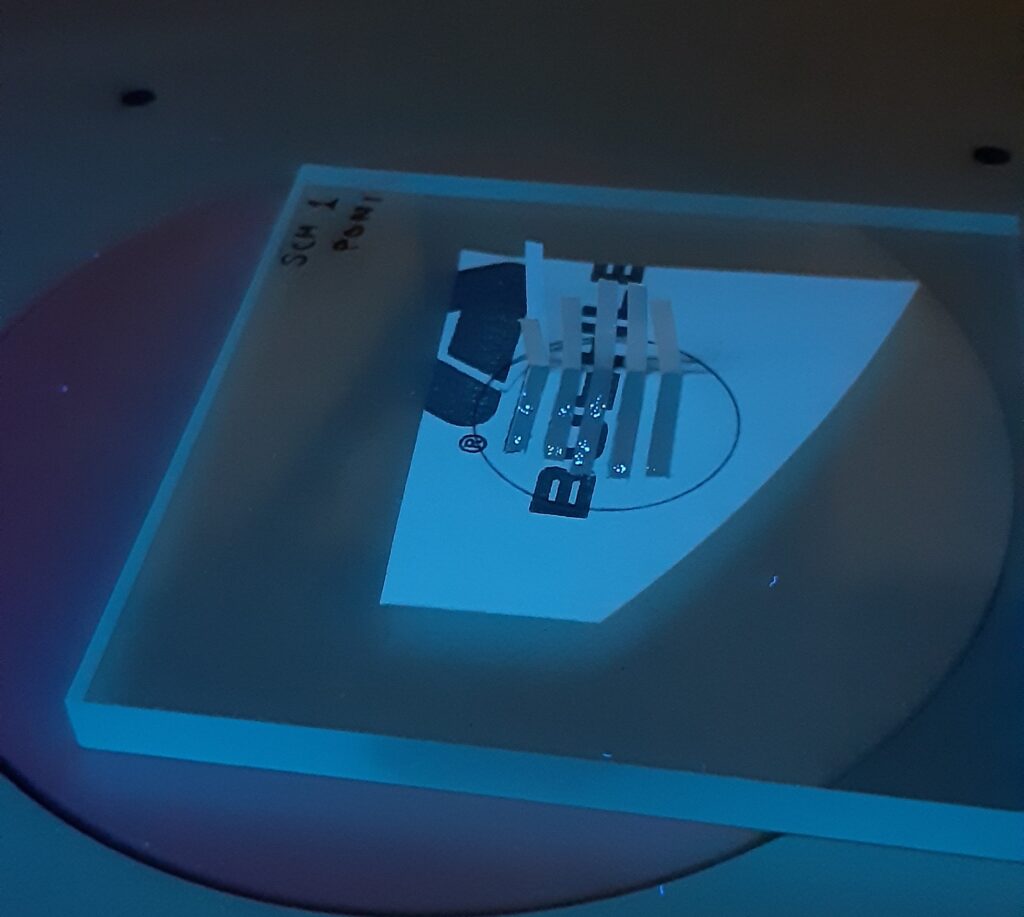Hello! I am Paavo Nikkola, a geologist and a research scientist at the Geological Survey of Finland. My background is in igneous petrology and mineralogy, and now I labor for the good of the MinExTarget-project.

MinExTarget-project aims to introduce a commercial mineral exploration tool in which compositions of heavy mineral grains in surficial sediments are utilized for mineral exploration targeting. This tool would be especially useful for an early-stage exploration campaign prospecting an area with some known geochemical anomaly (e.g., base metal enrichment) in surficial sediments. Ideally, selected sediment-hosted heavy mineral grains could be separated and analyzed at low cost to define the mineralization type producing the surficial sediment anomaly before bedrock drilling. This would markedly aid in the selection of the most prospective bedrock drilling targets and hence have a high value.
The two most critical issues in making the developed exploration tool successful are cost-efficiency and the still poorly defined discriminatory capability of many heavy mineral species. In my work, I tackle these problems by (i) developing and testing heavy mineral separation and trace element analysis methods, and (ii) investigating the possibilities and limitations in using heavy mineral trace element contents in discriminating between ore deposit types and other crystallization environments.
Separating minerals from sediments is laborious work with no guaranteed success. Typical mineral separation routines include multiple processing stages, some requiring a high level of skill from the operator (e.g., mineral picking). At MinExTarget, we must alter and develop these traditional approaches to achieve cost-efficiency. We are currently experimenting with micro sieving, low toxicity polytungstate heavy-liquids, and automated mineralogy protocols. Some of the polytungstate heavy-liquid alternatives show good promise, and we are advancing to more specialized tests. Also, our automated mineralogy routines are sufficient in locating mineral grains of interest for LA-ICP-MS analysis.
Our knowledge of the discriminatory capabilities of mineral trace element contents varies from mineral to mineral. Discriminatory power has been best demonstrated for pyrite (e.g., Gregory et al., 2019), but also minerals like sphalerite (Zhang et al., 2021) and scheelite (Poulin et al., 2018) are likely to be useful. To contribute, I research the discriminatory capabilities of till-hosted pyrite, scheelite, and monazite on two test areas in Finland: the Häme belt and the Peräpohja belt. For both locations, I try to quantify the accurateness on which the till-hosted heavy mineral compositions reflect the nature of the known bedrock deposits nearby. Furthermore, I have been working in collaboration with the MinExTarget consortium to collect and evaluate literature mineral trace element data from various ore deposit types and crystallization environments. This dataset, currently including over 18 000 heavy mineral compositions, will form the backbone of our mineral composition based multivariate discrimination of crystallization environments.
All my scientific career I have studied minerals to determine either their conditions of crystallization or the nature of their host liquids. Over time, my research has become more applied, MinExTarget-project representing the peak of this development. Anyhow, overall, the detective work has stayed the same. Minerals have a story imprinted into them written in the language of trace element substitutions. If one decodes this, one opens a window into the event of crystallization and to the geological processes of the distant past.
Sources:
Gregory, D.D., Cracknell, M.J., Large, R.R., McGoldrick, P., Kuhn, S., Maslennikov, V. V., Baker, M.J., Fox, N., Belousov, I., Figueroa, M.C., Steadman, J.A., Fabris, A.J., Lyons, T.W., 2019. Distinguishing ore deposit type and barren sedimentary pyrite using laser ablation-inductively coupled plasma-mass spectrometry trace element data and statistical analysis of large data sets. Econ. Geol. 114, 771–786. https://doi.org/10.5382/econgeo.4654
Poulin, R.S., Kontak, D.J., McDonald, A., McClenaghan, M.B., 2018. Assessing scheelite as an ore-deposit discriminator using its trace-element and ree chemistry. Can. Mineral. 56, 265–302. https://doi.org/10.3749/canmin.1800005
Zhang, J., Shao, Y., Liu, Z., Chen, K., 2021. Sphalerite as a record of metallogenic information using multivariate statistical analysis: Constraints from trace element geochemistry. J. Geochemical Explor. 106883. https://doi.org/10.1016/j.gexplo.2021.106883

Two different separation results (sinks) archieved using two different heavy liquid separation methods for the same test sample.

Hand-picked scheelite crystals imaged under ultraviolet light.



